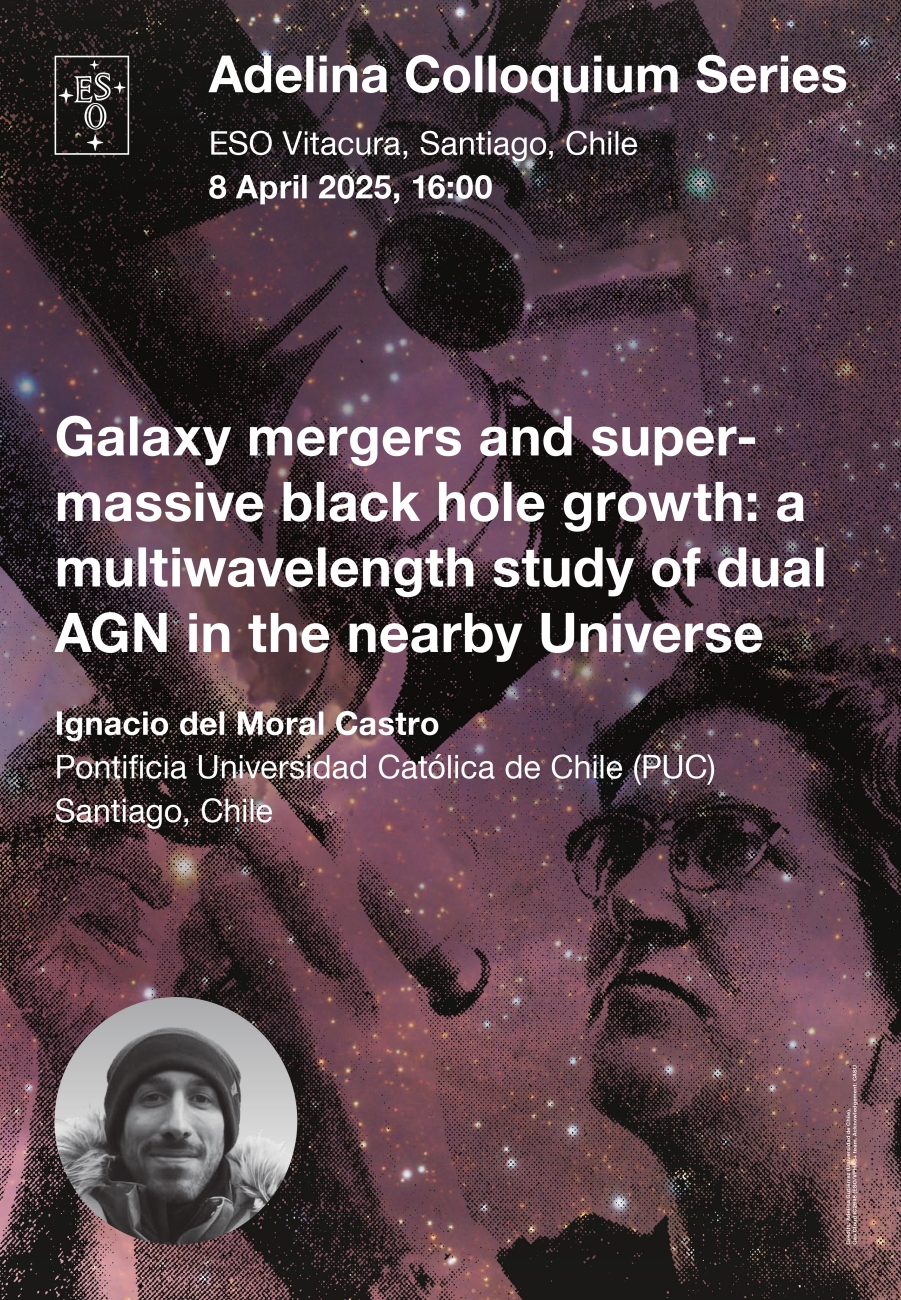Galaxy Mergers and Super Massive Black Hole Growth: A Multiwavelength Study of Dual AGN in the Nearby Universe
Hierarchical galaxy formation theories consider mergers as the main mechanism for the growth of galaxies playing a crucial role in the galaxy evolution and formation. They provide a very efficient mechanism to drive gas from the outskirts to the nuclear regions fuelling star formation bursts and super massive black hole (SMBH) growth, producing the so-called “quasar” (luminous AGN) phase. A natural consequence of this scenario is that dual AGN (systems in which the two nuclear SMBHs are growing simultaneously at nuclear separations <10 kpc) should be relatively common. This particular stage in a major galaxy merger, albeit short (hundreds Myrs), is crucial for galaxy evolution, as it is when numerical simulations predict the occurrence of very rapid simultaneous SMBH accretion along with significant star formation bursts, and strong feedback effects. However, the fraction of dual AGN remains poorly constrained due to various observational biases. In this talk, I will discuss how we can start to identify and characterize this still hidden population with a new approach combining multiwavelength observations. I will present results from our ongoing work with optical Integral Field Unit (IFU, NFM-MUSE) spectroscopy and ALMA maps for several dual AGN at z<0.1, and nuclear separations <1kpc. These high-resolution multi-wavelength studies allow us to understand the complex connection between black hole growth and galaxy evolution in this critical stage uncovering the complexity of inflow and outflow kinematics and morphologies. Finally, I will introduce to the community our accepted MUSE Legacy Survey of Luminous Nearby Dual AGN in Mergers, a volume-limited survey of all nearby galaxies (z<1) hosting luminous AGN in mergers. It will be the largest and most complete study of luminous AGN in mergers ever performed, providing local benchmark for mergers/dual AGN.

